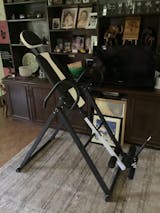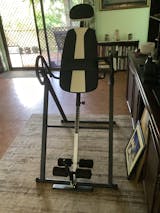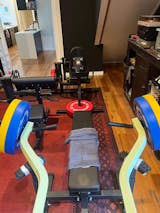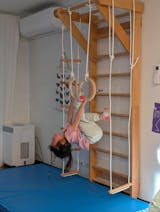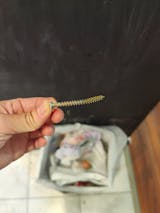Your Cart is Empty
Really good piece of equipment. Item was exactly as described. Well built, the chest pad and seat pad are of good quality. The handles are fantastic, especially the ones that have full rotation. A+
I absolutely love my pink gym. Great quality and easy to put together. I would highly recommend. I should’ve bought sooner instead of wasting money on gym membership.
I’ve used inversion tables on and off for 40 years , this one is an improvement on my last and is good value for the price .. The service and delivery were flawless , thank you Gym Plus .. Cheers , Murray
Very solid ladder and great accessories. My daughter loves the rings and she's played with it everyday, even if it's only for a bit on some days. Only downside is the screws that came with the ladder, they are not fit for purpose. One actually bent going through the ladder wood (not even through to the wall yet). I would suggest that you get better and longer screw, which we did.

















































